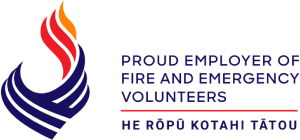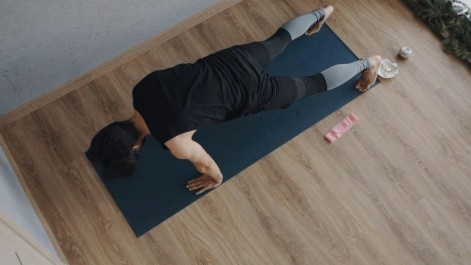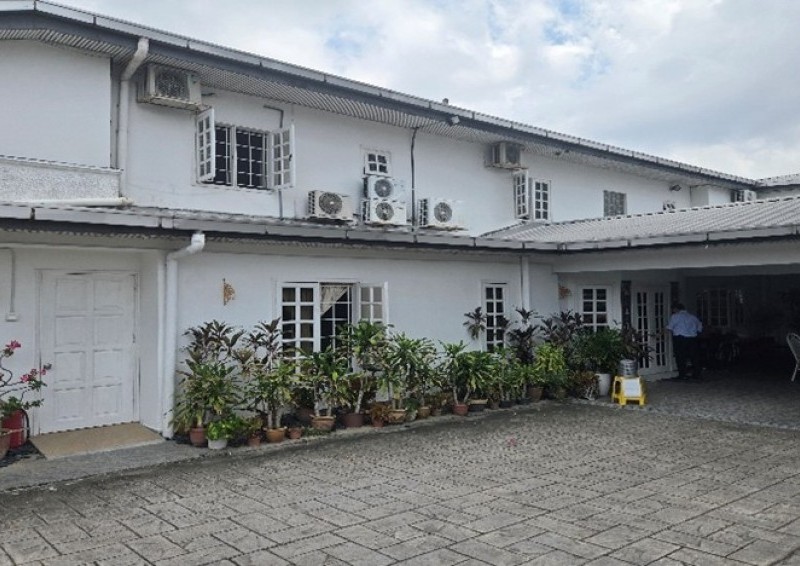Oral Conditions & Care in the Elderly
By Richard Pereira
Changes in oral structures due to aging include wearing down the teeth (attrition), flattening of the bone (resorption), receding gums, swallowing issues, tongue.
The older population is growing. By the late 2020’s people aged 65 years and over are expected to increase by 21% with the European countries already over 20%. The fastest growing sub-group are adults aged 85+.
With improved healthcare the loss of teeth amongst 65–74-year-olds has declined significantly from 72% in 1976 to 30% in 2009. Older adults in residential aged-care facilities are at higher risk of developing complex oral health problems. Currently approximately 28,000 people (5% of the 65+ age group) live in residential aged-care facilities (28% are aged over 85+ years). Common oral conditions experienced by the older population are dental infections (dental caries/gum disease), sores, fungal thrush, stomatitis, traumatic ulcers, denture-related pathology, leucoplakia, oral cancer, dry mouth. Other conditions are abrasion and erosion, sensitive teeth, and tooth loss.
Oral cancer warning signals include swelling, lumps, growths, exophytic masses, white - scaly patches, red patches, oral ulcers (bleed easily, nonhealing), atypical facial pain, persistent numbness or pain, persistent bleeding, difficulty in chewing, restricted jaw movement, trismus, restricted tongue movement, difficulty in swallowing, sore throat that does not heal, hoarseness, change in denture fit and loose teeth. Treat the mouth as a “whole” and not as a “hole.”
The main goals for maintaining oral hygiene in elderly people are regular removal of plaque from teeth and denture devices, cleansing of the mouth, regular dental check-ups, and constant oral hydration due to the high prevalence of dry mouth. Preventive dentistry remains an important aspect of oral health care and should involve preventing initiation of disease, preventing the progression and recurrence of disease, and preventing the loss of teeth. Barriers to oral health care are usually due to cognitive decline and the lack of ability or motivation to perform oral care on their own.
Residents who have some or all their teeth usually care for their teeth and mouth really well. They remove food debris and bacterial plaque and massage gums. They promote healthy gums and teeth; by brushing twice daily, changing their toothbrush every 3 months and they store these in a clean place. Toothpaste needs to be applied in a ‘pea’ size portion of paste. For those who are toothpaste intolerant, water only can be used. If the client is cognitively impaired or unwell it is a good idea before brushing of teeth rub the cheeks to signal starting, then brush the top, inside and outside of the teeth. Patients with difficulties should use a mouth prop and /or a ‘surround’ toothbrush and fluoride free toothpaste.
Back to Blog








